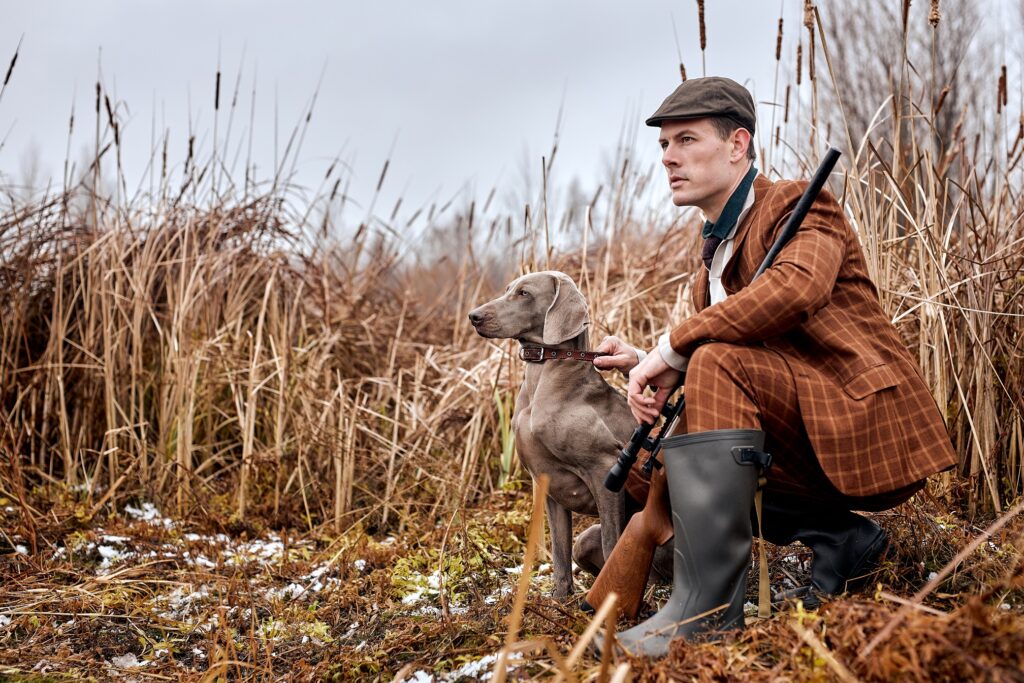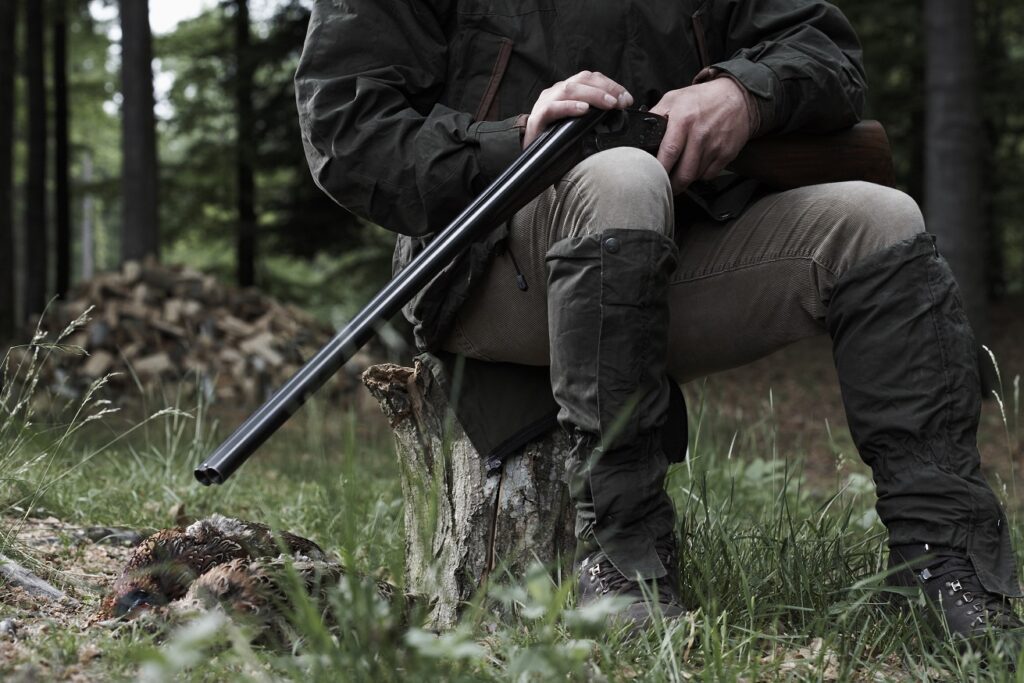Introduction
Hunting boots are an essential piece of gear for any hunting enthusiast. Choosing the right pair can mean the difference between a comfortable, successful trip and a miserable, painful experience. In this article, we’ll explore the composition, features, and applications of hunting boots, providing you with valuable information to help you make an informed decision when purchasing your next pair.

I. Composition of Hunting Boots
1.Materials
Hunting boots are constructed using a variety of materials, each designed to provide comfort, durability, and protection in different environments and conditions.
a. Leather: A traditional and popular choice, leather offers excellent durability, support, and water resistance. Full-grain leather is the most durable option, while nubuck and suede offer a more flexible and comfortable fit.
b. Synthetic: Modern hunting boots often use synthetic materials like nylon, polyester, and Gore-Tex. These materials are lightweight, breathable, and often waterproof, making them ideal for various hunting conditions.
c. Rubber: Rubber boots provide excellent waterproofing and protection from mud, muck, and wet environments. They are also easy to clean and maintain.
2.Insulation
Proper insulation is crucial in maintaining warmth and comfort during cold weather hunts. Insulation is measured in grams, with a higher number indicating more insulation. Typical insulation levels for hunting boots range from 200g to 2000g, depending on the intended use and temperature range.
3.Soles
The soles of hunting boots are designed to provide traction, support, and shock absorption. They typically consist of two parts: the midsole and the outsole.
a. Midsole: The midsole, made from materials like EVA or polyurethane, offers cushioning and support, reducing the impact on your feet during long treks.
b. Outsole: The outsole, typically made from rubber or a similar material, provides traction and durability. Some hunting boots feature specialized outsole patterns for improved grip on specific terrains.
II. Features of Hunting Boots
1.Waterproofing
Waterproof hunting boots are essential for wet and damp conditions. Many boots utilize waterproof membranes, like Gore-Tex, to keep your feet dry. Additionally, some leather boots are treated with water-resistant coatings.
2.Breathability
A breathable boot allows moisture and perspiration to escape, keeping your feet dry and comfortable. Look for boots with breathable materials or moisture-wicking linings.
3.Support and Stability
A well-constructed hunting boot should provide ample ankle support and stability. This helps prevent injuries and provides a more comfortable experience during long treks.
4.Fit and Comfort
An ideal hunting boot should offer a snug fit without being too tight, allowing for ample toe movement and preventing blisters. Opt for boots with padded collars, cushioned insoles, and adjustable lacing systems to ensure a comfortable fit.
5.Camouflage
Some hunting boots are available in camo patterns to help you blend into your environment. Consider the type of terrain you’ll be hunting in when choosing a camouflage pattern.

III. Applications of Hunting Boots
1.Upland Hunting
Upland hunting boots are designed for long treks through fields and forests, often featuring lightweight construction and excellent breathability. They may also have reinforced toe caps and abrasion-resistant materials for added durability.
2.Big Game Hunting
Big game hunting boots must provide support, stability, and protection for demanding terrain and heavy loads. Look for boots with stiffer construction, higher ankle support, and insulation for colder conditions.
3.Waterfowl Hunting
Waterfowl hunting boots must be waterproof and insulated to keep your feet dry and warm in wet environments. Rubber boots or neoprene boots are popular choices for waterfowl hunting, as they offer excellent water protection and are easy to clean.
4.Mountain Hunting
Mountain hunting boots are designed for rugged terrain and steep inclines. They typically feature stiff construction, aggressive outsole patterns for better traction, and durable materials to withstand harsh conditions.
5.Multi-Purpose Hunting Boots
For those who engage in various types of hunting, multi-purpose hunting boots can be a versatile choice. These boots often balance comfort, durability, and protection, making them suitable for a range of hunting activities.

Conclusion
The perfect pair of hunting boots depends on the specific conditions and type of hunting you plan to engage in. By understanding the composition, features, and applications of various hunting boots, you can make a more informed decision and ultimately choose the right pair to meet your needs. Remember to prioritize comfort, durability, and protection, and consider investing in multiple pairs of hunting boots for different hunting scenarios to ensure the best possible experience.